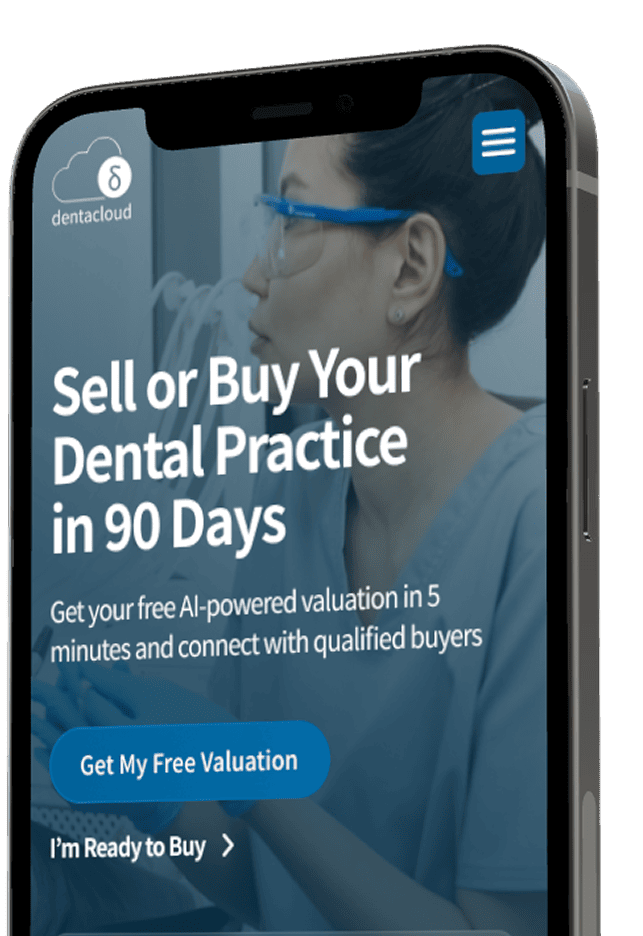When you start looking into selling your dental practice, you might hear a lot of business words, and one of the most common is “multiple.” A multiple is a number that buyers use to figure out how much your practice is worth.
For a long-time practice owner, it’s easy to get excited by the high multiples that big corporate buyers, like Dental Service Organizations (DSOs), are offering. But what does a “high multiple” really mean, and is it a better deal for you?
This article will help you understand this important number and what’s behind it.
The Old Way vs. the New Way
In the past, a practice might be valued based on a multiple of earnings. For example, a practice that brought in $1 million might be worth 1.1 times of that, or $1,100,000. But that simple idea doesn’t work anymore.
Today, buyers focus on your practice’s profitability. They look at a number called EBITDA (Earnings Before Interest, Taxes, Depreciation, and Amortization), which measures your practice’s cash flow after business expenses.
DSOs are often willing to pay a much higher multiple of this number. While an individual dentist buying your practice might pay 4-5 times your EBITDA, a DSO might pay a multiple of 6-8 times your EBITDA.
Why Do DSOs Pay a Higher Multiple?
A high multiple isn’t just about what your practice is worth today. It’s about what a DSO believes it can be worth in the future. DSOs have a business model that allows them to see a practice’s weaknesses as opportunities to make more money.
- The Power of Volume: If your practice spends more than average on supplies or lab work, a regular buyer might see this as a red flag. But a DSO, with its huge buying power, sees it as a chance to cut those costs dramatically after the sale, which will boost profits.
- Keeping Work In-House: If you refer a lot of specialty work, like oral surgery, to other dentists, a DSO sees that as an opportunity. They might bring their own specialists into your office to keep that work and the money it generates in-house.
Because DSOs have the resources to fix these issues and increase profitability, they can justify paying a higher multiple. They’re not just buying your practice; they’re buying its potential for growth.
What to Watch Out For
A high multiple can be very appealing, but it’s important to understand the full picture. The way the deal is structured matters. The offer might be a mix of cash and “equity,” or shares in the DSO’s larger company. This means you get some cash now and may get more money later if the company does well.
You also need to be aware of the obligations that might come with a high-multiple deal. For example, some offers might include a “long-term commitment and an earnings guarantee,” which can be a risk for you as the seller. This means you might have to stay on as an associate for many years and guarantee the practice makes a certain amount of money.
By decoding what a high multiple really means, you can have a smart, clear conversation with potential buyers. You’ll understand that a DSO’s offer is a calculation of your practice’s future potential, not just its current value, and you’ll be able to make the best decision for your own goals.


